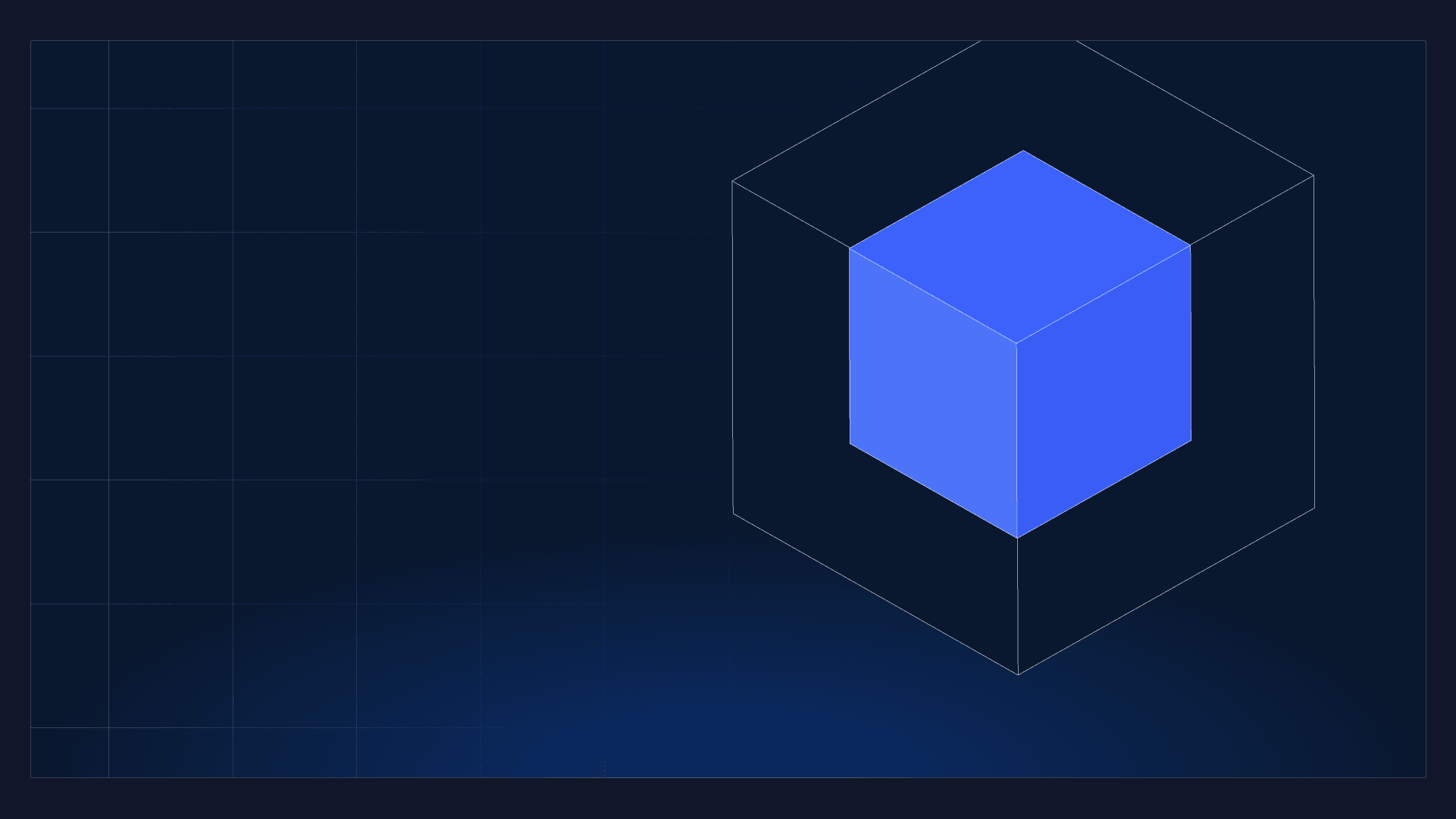Understanding the Evolution of Automated Testing Technologies
Software development has undergone a fundamental transformation with the introduction of artificial intelligence into testing practices. As development teams face increasingly complex codebases and tighter delivery schedules, understanding how AI is reshaping testing methodologies has become essential for modern developers.
The integration of artificial intelligence in software testing represents more than just technological advancement—it’s a paradigm shift in how development teams approach code quality and productivity. This guide explores the transformative impact of automated testing technologies on modern development workflows.
The Current State of Software Testing Challenges
Unit testing remains a critical yet time-consuming aspect of software development. Research indicates that developers typically spend between 20-50% of their time writing and maintaining tests. This significant time investment, while necessary for code quality, often comes at the expense of feature development and innovation.
Despite unanimous agreement on the importance of automated testing for code integrity and long-term maintenance, several challenges persist in traditional testing approaches. Manual testing processes are slow, time-consuming, and frequently lead to developer burnout. Additionally, unit testing rarely receives adequate emphasis in formal computer science education, leaving many developers ill-equipped to handle this crucial aspect when entering the professional world.
How Artificial Intelligence is Transforming Testing Practices
The application of AI in testing goes beyond simple automation. Modern AI-powered testing solutions leverage advanced techniques like reinforcement learning and probabilistic search algorithms to understand code behavior and generate comprehensive test suites. This technological evolution enables several key improvements in the testing process.
Streamlining Test Creation Workflows
Automated testing technologies significantly reduce the initial setup time and effort required from developers. By analyzing code structure and behavior patterns, these solutions can quickly generate test skeletons and even complete unit tests. This automation allows development teams to achieve comprehensive coverage without the traditional time investment.
Enhancing Test Quality and Coverage
AI-driven analysis helps identify untested corner cases and edge scenarios that human developers might overlook. These systems examine existing tests for effectiveness and suggest improvements, leading to more robust and reliable code. The ability to systematically explore different code paths ensures better coverage across entire applications.
Accelerating Development Cycles
With automated testing handling routine test creation and maintenance, developers can focus more on core development tasks. This shift in resource allocation not only speeds up the development cycle but also enhances overall team productivity. Teams report saving months of manual testing effort, with some organizations seeing tests generated at rates 250 times faster than manual creation.
The Technology Behind AI-Powered Testing
Understanding the underlying technology helps developers better leverage these tools in their workflows. Most advanced testing solutions use reinforcement learning, an unsupervised machine learning approach that differs from the supervised learning commonly associated with neural networks.
This approach enables the system to reason about code behavior without requiring labeled training data. The AI explores different execution paths, learns from the outcomes, and generates tests that validate actual code behavior, including complex scenarios and edge cases.
Real-World Impact on Development Teams
Organizations implementing AI-powered testing solutions report significant improvements across multiple metrics. Financial services firms, healthcare organizations, and technology companies have documented productivity gains and quality improvements through automated testing adoption.
Case studies show dramatic time savings, with tasks that would take hundreds of developer days completed in hours. Beyond quantitative metrics, teams report improved developer satisfaction as automation eliminates tedious, repetitive tasks, allowing engineers to focus on more challenging and meaningful work.
Best Practices for Implementing Automated Testing
Successfully integrating AI-powered testing into existing workflows requires thoughtful implementation. Development teams should consider several factors when adopting these technologies.
Start by identifying areas where automated testing can provide the most immediate value, such as legacy codebases lacking coverage or new projects where comprehensive testing can be established from the beginning. Integration with continuous integration pipelines ensures that automated testing becomes part of the standard development workflow rather than an additional step.
Teams should also maintain flexibility in their testing strategies. While automation handles the bulk of test generation, developers retain the ability to customize tests for specific requirements and edge cases unique to their applications.
The Future of Testing in Software Development
As AI technology continues to evolve, we can expect even more sophisticated testing capabilities. Future developments may include better understanding of business logic, improved handling of complex integration scenarios, and more intelligent test optimization strategies.
The shift toward AI-powered testing represents a fundamental change in how development teams ensure code quality. Rather than viewing testing as a necessary burden, teams can leverage automation to make testing a seamless, efficient part of the development process.
Ready to Transform Your Testing Process?
While understanding the evolution of automated testing is valuable, experiencing its benefits firsthand can transform your development workflow. If you’re ready to move beyond manual testing and explore how AI-powered testing solutions can benefit your team, discover Diffblue Cover, the leading AI unit testing tool
Additional Resources
For teams looking to deepen their understanding of automated testing technologies and modern development practices, consider exploring:
- The role of reinforcement learning in software testing
- Integration strategies for CI/CD pipelines
- Measuring and improving code coverage metrics
- Best practices for test-driven development with automation
Whether you’re modernizing legacy applications, migrating to cloud infrastructure, or simply seeking to improve your team’s productivity, understanding how AI transforms testing practices is essential for staying competitive in modern software development.
Ready to see how AI-powered testing can revolutionize your Java development? Learn more about Diffblue Cover’s comprehensive testing solutions →







